Learn when to prune peonies, including the types of peonies, optimal timelines, pruning techniques, and the benefits of a well-timed pruning regimen. Enjoy the journey through the lifelong relationship with your peonies!
Understanding Peonies: Types and Growth Cycles
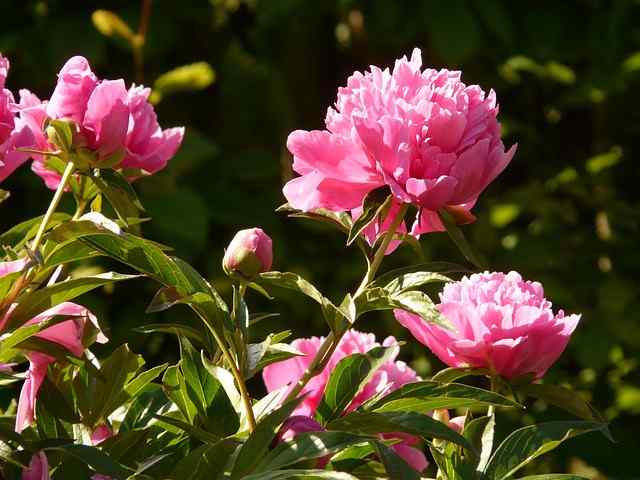
Before delving into the intricacies of pruning, it’s crucial to recognize that not all peonies are created equal. Peonies generally fall into three primary categories: herbaceous, tree, and intersectional (or Itoh) peonies, each with its unique characteristics and growth patterns.
Herbaceous Peonies
Herbaceous peonies are perhaps the most common variety and are known for their lush, bushy growth. They die back to the ground each fall and emerge anew in the spring. Pruning these peonies involves cutting them back in a specific manner and at a specific time to promote healthy growth.
Tree Peonies
Unlike their herbaceous counterparts, tree peonies have woody stems and maintain their structure throughout the year. This distinction affects how and when you should prune them. Their bloom period is usually earlier in the spring, and they require a different approach to ensure that their woody stems remain vibrant and healthy.
Intersectional Peonies
Intersectional peonies are hybrids of tree and herbaceous varieties. They present the best characteristics of both, offering the sturdy structure of tree peonies while maintaining the lushness of herbaceous types. Understanding the growth patterns of intersectional peonies will help you determine the right pruning schedule and techniques.
The Growth Cycle of Peonies
Peonies typically exhibit a predictable growth cycle that includes the following stages: initial emergence, flowering, post-bloom, and dormancy. The timings of these stages can vary depending on the specific peony variety and the climate in which they are grown. Understanding this cycle is essential for determining the best times to prune.
The Best Time for Pruning Peonies

Fall vs. Spring Pruning: Timing Is Everything
The question of when to prune peonies often boils down to a debate: should you prune in the fall or the spring? Each timing has its advantages, but the consensus among gardeners usually favors spring pruning over fall pruning for herbaceous peonies.
Pruning in the Fall
While some gardeners choose to prune their peonies in the fall, this practice is generally discouraged. Pruning during this time can expose the plant to winter moisture and disease, as the cuts can become entry points for pathogens. Additionally, leaving the foliage in place through the winter serves a protective function; the fallen leaves act as a natural mulch, helping to insulate the plant’s root system.
Pruning in the Spring
Spring is considered the optimal time for pruning herbaceous peonies. Pruning should occur in early spring, just as the new growth begins to emerge from the ground. This timing ensures that the plant maximizes its energy toward producing lush foliage and vibrant blooms rather than healing from any cuts made during the previous fall.
For tree peonies, however, very little pruning is necessary. You can remove dead or damaged branches in the early spring to encourage healthy growth, but avoid heavy pruning as it may hinder flowering.
Steps to Prune Herbaceous Peonies
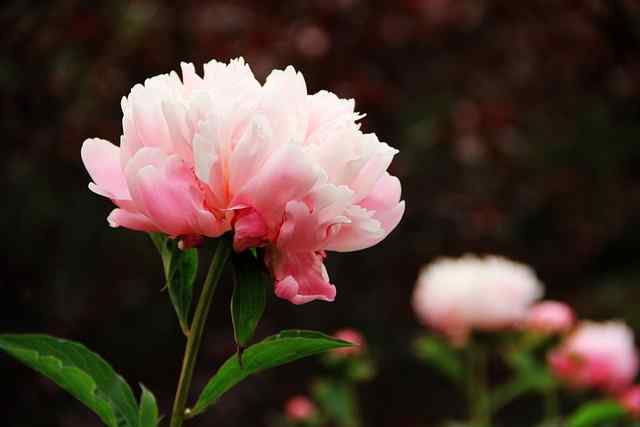
Assessing the Plant: Knowing What to Cut
Before embarking on the pruning journey, assess the state of your peonies. Look for signs of dead foliage, disease, or damage caused by harsh weather conditions. Proper pruning can mitigate these effects and encourage rejuvenated growth.
Gathering the Right Tools
To prune effectively, it’s essential to have the right tools on hand. A sharp pair of garden shears or pruners is ideal, and sterilizing them before usage ensures that you do not introduce any harmful bacteria or viruses to the plant. A pair of gloves is also advisable to protect your hands from any sharp foliage or allergens.
Pruning Technique: The Perfect Cut
When pruning herbaceous peonies, follow these steps:
Cut Back the Foliage: Make clean cuts at the base of the stems, typically about 2-3 inches above the ground. Removing the old foliage promotes airflow and reduces the chance of fungal diseases.
Remove Dead or Damaged Stems: If you notice any brown or dried-up stems or leaves, snip these back immediately. This step is critical in ensuring that your peonies don’t expend energy on parts that are no longer viable.
Maintain Structure: If your peonies have developed any leggy or overly tall growth, selectively trim back these stems to create a bushier, more compact plant. This promotes a fuller appearance and can help improve overall stability.
Evaluate After Pruning: Stand back and assess the plant’s shape. Your goal is for your peony to have a balanced structure, with sufficient space between the stems to encourage good air circulation.
Final Thoughts on Herbaceous Peony Pruning
After completing this process, take a moment to appreciate the prominence of your peonies in your garden. The absence of old foliage allows the luscious green leaves and future blooms to stand out. Don’t forget that the healthier the foliage, the more vibrant the flowers will be!
Tree Peony Pruning: A Different Approach
Minimal Pruning Required
Tree peonies are less demanding when it comes to pruning. Since they are more stable, a light hand is usually all that is necessary. Here’s how to approach the pruning of tree peonies:
Remove Dead or Broken Branches: In early spring, assess your tree peony for any branches that may have been damaged in winter. Gently prune away these broken areas to allow for rejuvenated growth.
Avoid Heavy Pruning: As a rule of thumb, excessive cutting is unnecessary and can affect blossoming. If needed, you can prune to shape the peony but avoid cutting branches back significantly. Instead, focus on maintaining the natural shape of the plant.
Allow for Air Circulation: Similar to herbaceous varieties, ensure there is enough space between branches to allow air to circulate. This helps prevent diseases and allows sunlight into the inner part of the plant.
The Significance of Post-Pruning Care
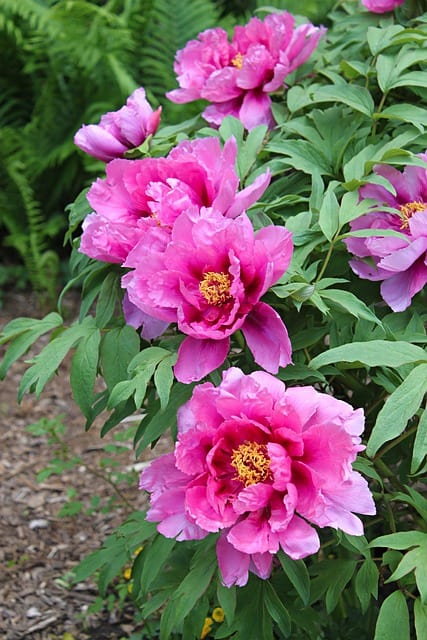
Mulching and Fertilization
After your peonies have been pruned, careful attention to post-pruning care can make all the difference. Applying mulch can help retain moisture and suppress weeds. A layer of organic mulch around the base of the plants not only serves a protective purpose but also contributes nutrients as it decomposes.
Additionally, providing a balanced fertilizer specially formulated for blooming plants can bolster growth in the spring. Applying this in early spring, before the plants start to actively grow, will yield great dividends when the blooming season arrives.
Watering Practices
Ensure your peonies receive adequate water, especially after pruning. Consistent moisture is key to their recovery and growth. However, avoid overwatering; peonies prefer well-drained soil to prevent root rot.
Potential Issues: What to Watch For
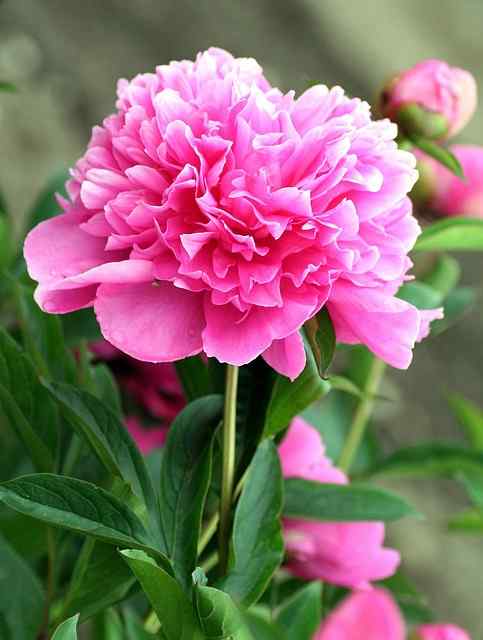
Pests and Diseases
While peonies are relatively hardy, they can fall prey to specific diseases, such as powdery mildew and botrytis blight. The latter is particularly common during wet seasons. Prevent these issues by avoiding overcrowding, ensuring good airflow, and removing any affected foliage immediately.
Also, be aware of specific pests like aphids and peony mites. Regular inspections of your plants will enable you to catch these issues early, maintaining the integrity of your blooms.
Signs of Stress
A stressed peony may exhibit wilting leaves, small blooms, or discolored foliage. If you observe these signs, revisit your pruning technique and overall plant care regimen. It’s possible that over-pruning or neglecting the watering schedule could be at play.
Embracing Blooming Season: The Fruits of Your Labor
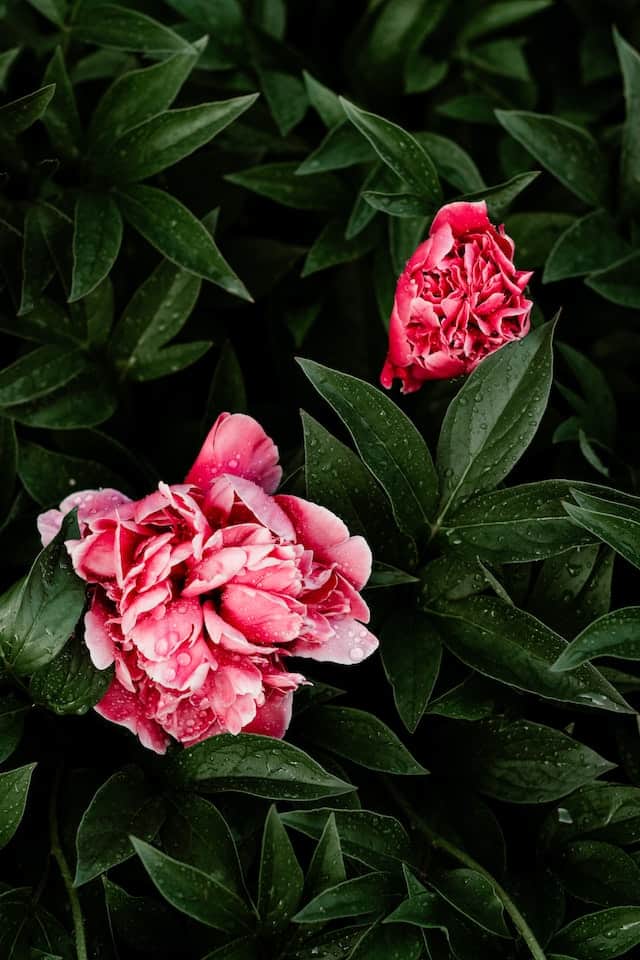
Spring is the season of eruption for your peonies. After diligent pruning, the reward comes in the form of glorious blooms that can last from late spring into early summer. With strong, healthy stems and ample leaves, each blossom becomes a sight to behold.
Sharing Your Blooming Peonies
Harness this excitement to share the beauty of your peonies with family and friends. Consider hosting a small garden gathering, where you can showcase your hard work and allow others to appreciate the fruits of your gardening passion. Taking time to enjoy the splendor of blooming peonies not only enriches your gardening experience but also fosters community and shared appreciation for nature!
Conclusion: The Joy of Pruning Peonies
Pruning peonies takes patience and knowledge, but the rewards are abundant. The act of pruning not only contributes to a healthier plant but instills a sense of connection to the growth cycle of these desirable flowers.





